The struggle for sperm survival
The sperm must go a long way before reaching the ovules. In this tour, survival is disputed and only the fastest can reach the goal.
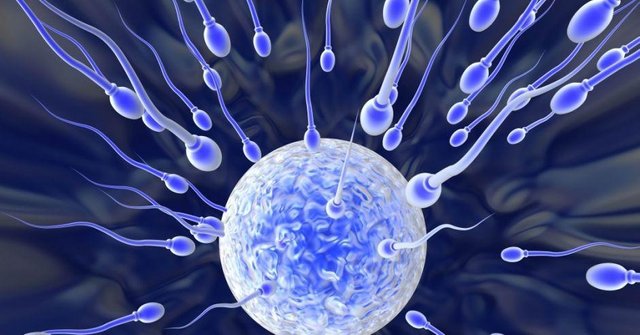
From the ejaculation, the sperm begin their fight for survival. Nearly 200 million of these cells must be incorporated into the race to the female ovules, and thus, be able to fertilize them. Next, the route of this fascinating event is detailed. Although it may not seem so, fertilization is one of the most complex and studied processes in biology.
The survival of sperm?
The spermatozoa are differentiated cells, therefore , each of them is unique . This means, in addition, that within the female tract, sperm can not regenerate and are forced to fight for their survival.
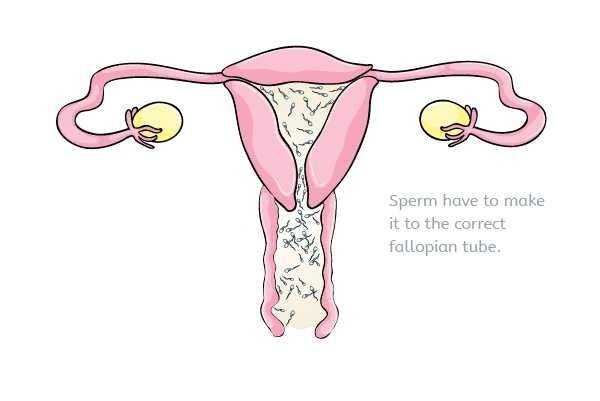
And is that, after ejaculation, uterine contractions and the immune system of the woman's organism, cause oxidative stress that damages these cells. This is the first obstacle they must face. Of course, there are many other obstacles that must be overcome to be able to fertilize. But, how is this road? What's so peculiar about it?

Sperm in the female reproductive system
Once in the female tract , the sperm must travel a distance of 15-18 cm until reaching the ovule . Once the presence of sperm in the vagina is detected, certain control mechanisms are put in place.
During the time it takes to travel this distance, the body of the future mother generates a kind of reaction. This reaction of the female body is designed to modulate the route of the male gametes to reach the ovule.
The first obstacles
The first barrier is related to the vaginal pH of the woman. Being an acid pH (around 5), causes a decrease in sperm. Another obstacle has to do with the female immune system. Being an organ connected to the outside, the vagina has antimicrobial defenses that can also affect male gametes.
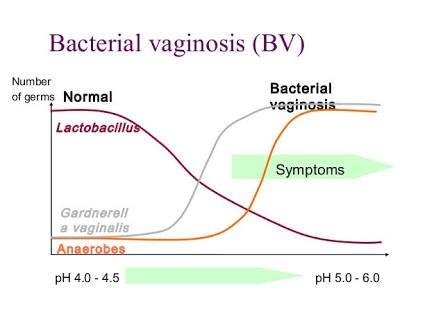
 
To counteract these barriers and pass through the vagina, the seminal plasma sets in motion certain protections. This means that substances that inhibit phagocytosis are secreted . The pH of the seminal plasma is higher than the vaginal. Upon joining, both pH are neutralized and prevent the destruction of male gametes.
The cervix
The second phase arrives. The sperm must now pass through the cervix. By this stage, most have been left on the road. However, to facilitate this transit, the cervix secretes a mucus hydrated with 96% water , making penetrability possible.
The cervical crypts
The cervical anatomy is composed of crypts. In them the sperm can be trapped, becoming an obstacle to its advance. However, these crypts are also a storage place. There sperm can survive up to 5 days after intercourse. Then they can go out and fertilize.
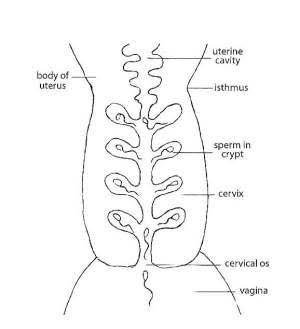
Advance through the uterus
Before reaching the uterus, the sperm must pass through the mucus that lines the cervix. If the ovulation has already occurred, it will be more liquid and easier to penetrate. The sperm can pass through the uterine cavity in 10 minutes. This occurs because the uterus and the tubes produce a contraction that sucks them and facilitates the arrival to the ovum.
The fallopian tubes
At this point, the gametes must cross the tube to the tubes, the uterotubal junction. It is the narrowest part of the route.
To continue its path to the ovum, two changes occur in the sperm. First of all, they become hyperactive, that is, they move faster. Second, the plasma membrane of the gamete changes to pass through the protective layers of the ovule.
 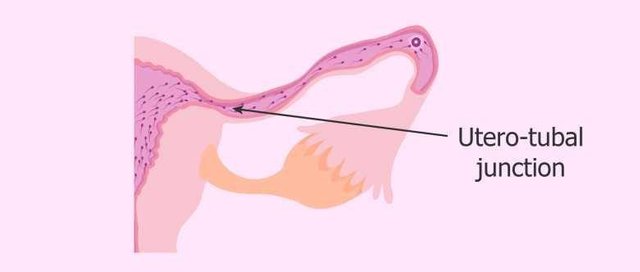
Proximity to the oocyte
Hyperactivation will be crucial for the sperm to cross the membrane that covers the oocyte . In addition to this, a guide system is activated in the tubes that leads the gamete to the ovule.
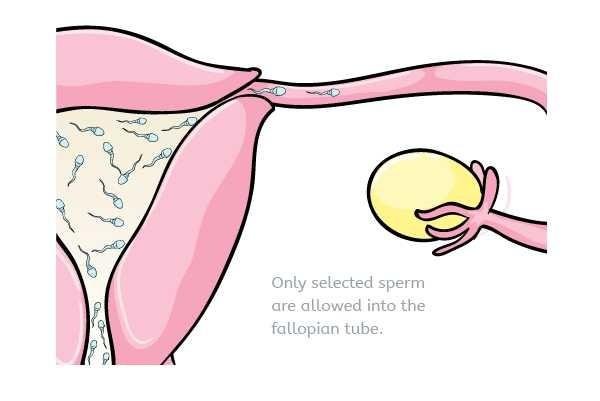
Last phases
Of the millions that entered the female tract, only dozens survive in this stage. The next barrier is to penetrate the zona pellucida, that is, the cells that protect the ovule. As soon as this is achieved, one of the sperm releases an enzyme and the acrosome reaction is activated.
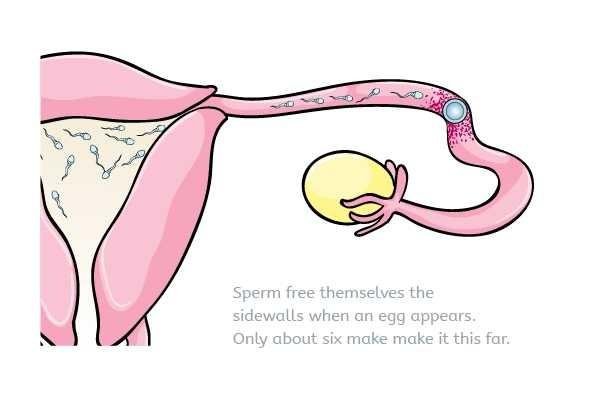
Immediately, the ovum generates a shell around it so that no other sperm fecundates it. This guarantees the further development of the embryo.
This is the route that the sperm must have made in order to fertilize the ovule . A survival path where, of the millions that penetrate, only one reaches the goal. The rest of the sperm dies from exhaustion , abnormal morphology or phagocytosed by the woman's immune systems.
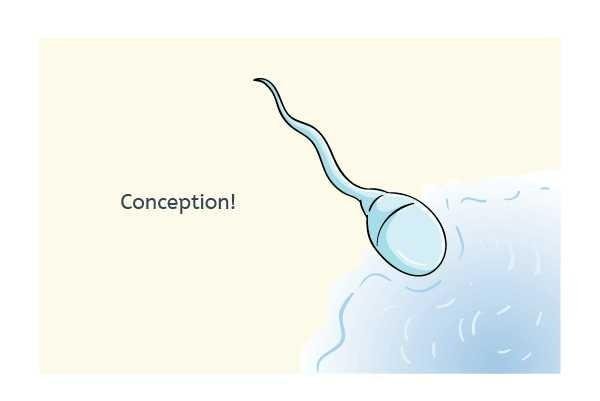
image
Images
Images
Other images
References
References
References

Gif made by @rituparnaghosh
This just shows what happens in real life sometimes. The distance travelled by the sperm to get to the Ampulla-isthmus junction (where fertilization takes place) compared to the ovule is over 5 times.
And you know this tour that was explained, has the sperm travelling against gravity making it harder... oh poor sperm 😢😥
But also, the fellow sperm cells help the winner sperm achieve his mission in his journey too.
Beautiful write up @phunke 😆
Thanks @preciousimo for the contribution. you just made me go sober for the sperm, lol
Lol. It is really a deep struggle. Thank God my sperm did not give up. Yippe!!!
LMAO that is really worth thanking God for
Wow this is really educative
nice one dear
Great content
Well explained and finely outlined
This is the real struggle, it has been a real one right from time.
Survival of the fittest
It's a wonder we are all here! Great post.